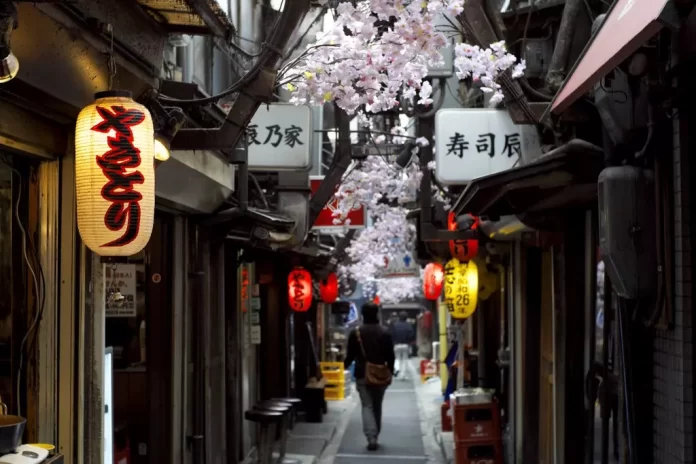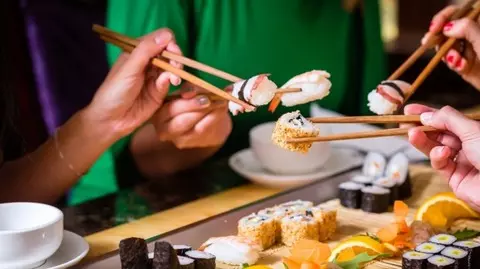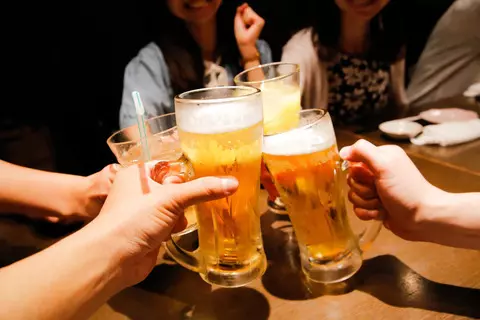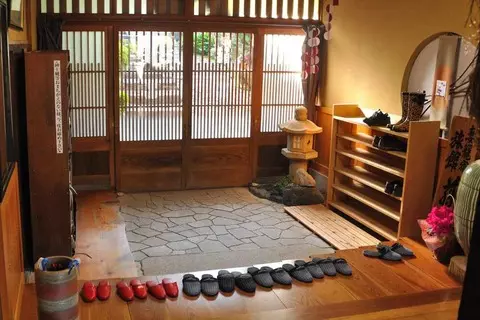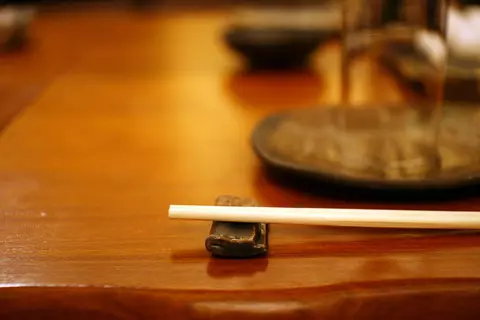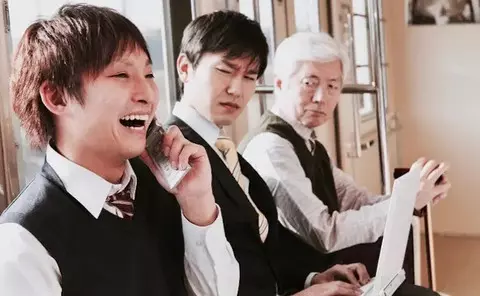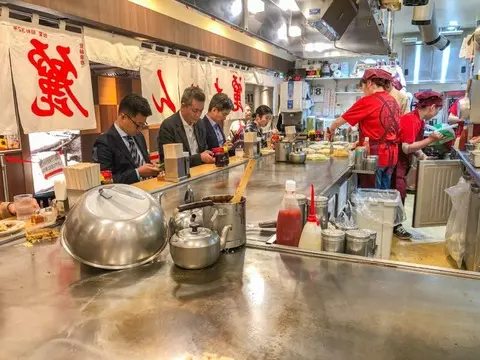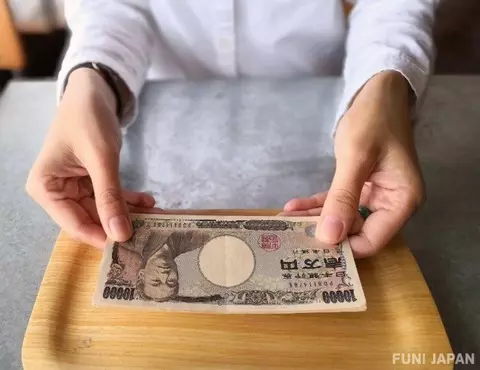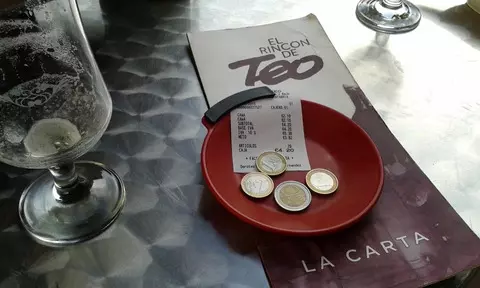Every country has its own set of social rules and etiquette, including Japan. Even during natural disasters, people in Japan always wait in line. That is how Japanese people adhere to rules. To avoid trouble, we’ve compiled a list of things you should never do in Japan. You may be surprised by the cultural differences, but if you know these hidden rules before your trip, you can make the most of your time in Japan!
10 Things You Should Never Do in Japan
-
Swipe Your Card
Japanese people prefer taking payment by cash instead of a credit card, so don’t be surprised if they are reluctant to take your card as payment.
The majority of cards are accepted at the numerous ATMs that are open constantly. So withdraw enough money to cover your daily expenses in advance.
-
Eat Sushi The Wrong Way
Sushi is a popular dish among Japanese people because fish is an important part of their diet. However, it is critical to eat sushi correctly.
To begin, sushi should be consumed at the proper temperature, so order a small quantity at a time rather than a large quantity.
This is also why people prefer to eat at the bar right after the chef prepares the dish.
While eating, make sure to avoid dipping the rice in soy sauce as the sauce will overpower its taste. Instead, dip the fish into a sauce sit is adequately flavored, and you can enjoy the dish better.
-
Not Follow Drinking Etiquettes
Japan follows its own set of rules and mannerisms to drink alcohol respectfully whether alone or with others.
Some etiquette you must follow include holding the glass with two hands while someone pours the drink for you and always pouring a drink for others before yourself as doing otherwise is considered selfish.
Once you pour the drink for others, keep the bottle down so someone else can pour it for you.
If you have decided to not drink further, make sure to leave your glass full as an empty glass is considered an invitation for someone to fill your glass.
-
Wear Shoes in the House
In Asian countries like Japan, wearing shoes within the house is restricted. Shoes worn outside might contain germs and dirt from outside and people do not want to enter their homes.
However, the Japanese address this issue by providing shoe cabbies and slippers at the front door for members of the household as well as visitors.
Restaurants and eateries may also ask you to remove your shoes before entering.
-
The Use of a Chopstick the Wrong Way
Because the Japanese use chopsticks to eat almost every food item, they have a variety of table manners associated with their use.
You should not eat from common dishes with chopsticks, but rather pile food onto your plate before eating.
Another thing to remember is that it is considered impolite to point chopsticks at people. Never cross your chopsticks or leave them protruding from a bowl of rice.
You might also end up insulting the chef if you rub your chopsticks together after splitting them because this action means the chopsticks were of poor quality.
-
Talk Loudly on Trains
Japanese people are famous for the respect and courtesy they show each other and expect the same from others as well.
As a result, talking on the phone loudly in an enclosed space like a train is frowned upon because it can disturb the peace of fellow passengers.
So it is advisable to avoid talking on the phone or talking loudly in a public place as much as possible.
-
Japanese-Only Restaurants
Unlike other countries where foreigners are usually welcomed into their food joints or restaurants and even given special treatment, Japan stands out with its hospitality.
The country is welcoming to foreigners, but it prefers to keep some aspects of itself hidden from outsiders. Some restaurants here only serve Japanese people and do not serve foreigners.
It may not be obvious from the outside which restaurants serve foreigners and which do not. However, once you enter, the staff may say no or ask you to leave, indicating that you will not be served.
-
Hand Cash To Cashiers
This might seem confusing as paying the cashiers is the only way to buy things at a store. However, Japan has managed to come up with a more efficient way to go about this.
You can place your money on a small tray kept at the cashier’s counter.
This way, everyone can see what is going on with the money, and it also prevents coins from falling down.
-
Display Your Tattoos
Tattooing is a popular art form in many countries, making it a common sight in most parts of the world. However, if you flaunt your tattoos in Japan, you will not be met with admiration.
Tattoos are associated with gangs and criminals in this Asian country. As a result, if you do not cover your tattoos, you may face similar treatment.
Tattooed people are also not permitted to enter most bathhouses and pools.
-
Tip Waiters or Staff
While tipping is a common courtesy and even required in some places, Japan is a tip-free country. Tipping is not expected in Japan. In fact, it can be considered impolite and insulting in many situations.
Most Japanese locations have vending machines where you can insert your money and place your order, which the restaurant will serve. As a result, there is no waiter to tip.
On the other hand, you should also refrain from tipping your waiters or staff as it is considered insulting.
So you might want to keep that change back in your pocket if you do not want to upset the staff or see someone running behind you to return the money.

